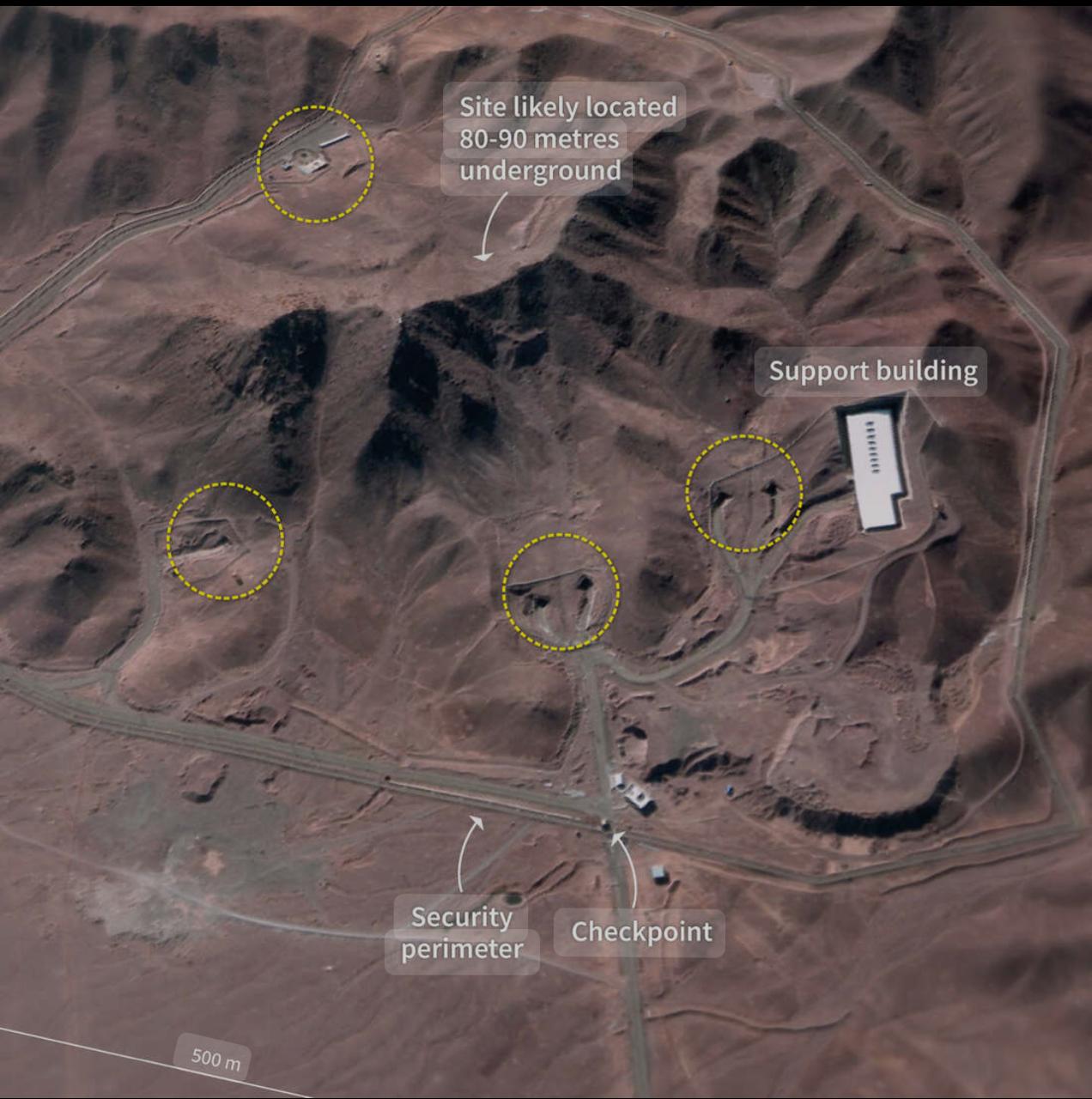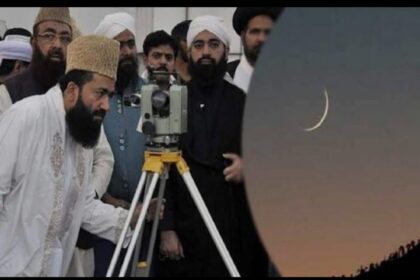Iran’s Nuclear Programme:Just 72 hours after U.S. President Donald Trump ordered a series of air strikes on Iran, experts and analysts remain divided over what really happened at Iran’s key nuclear facilities—Natanz and Fordow.
While Trump claimed the sites were “obliterated,” intelligence leaks from the U.S. Defense Intelligence Agency (DIA) paint a more nuanced picture. According to their report, the damage ranged from moderate to severe but came with “low confidence” in accuracy.
So what does this all mean for Iran’s nuclear future?
Civilian Energy or Military Ambition?
For years, Israel has accused Iran of secretly pursuing nuclear weapons. Iran continues to insist that its nuclear programme is peaceful and intended for energy production and medical use.
Even U.S. intelligence appears split. In March, most analysts believed Iran wasn’t actively building a bomb. Yet by June, Trump warned that Tehran was close to achieving nuclear capability.
Regardless of the debate, one thing is clear: Iran refuses to end its nuclear efforts.
Iran Responds: “We Will Rebuild”
Iran’s Supreme Leader Ayatollah Ali Khamenei downplayed the strikes. He stated that most sites remained intact and vowed to continue the nuclear programme without interruption.
Iran’s nuclear chief, Mohammad Eslami, echoed this stance. He confirmed that Iran had already begun recovery efforts to avoid disruption to uranium enrichment and other operations.
Despite these claims, satellite images show serious structural damage at Natanz and Fordow. Even so, the DIA believes the impact will delay Iran’s programme by only a few months—not years.
Conflicting Reports Add to the Confusion
Without on-site inspections by the International Atomic Energy Agency (IAEA), the true extent of the damage remains uncertain.
The CIA has taken a different view from the DIA. They argue that key facilities were destroyed and will take years to rebuild. This wouldn’t be the first time American agencies disagreed on WMD assessments.
For instance, during the Iraq War in 2003, the DIA doubted Saddam Hussein’s weapons capabilities, while the CIA provided faulty intel that led to invasion.
Will the 2015 Nuclear Deal Be Revived?
The 2015 Joint Comprehensive Plan of Action (JCPOA) successfully restricted Iran’s nuclear activities. But Trump withdrew from the deal, and efforts to revive it have stalled.
Today, there is little indication that Iran wants to return to the agreement. On the contrary, Iran appears more focused on expanding its enrichment capabilities and rebuilding what was lost in the strikes.
What’s Ahead for Iran’s Nuclear Programme?
In the coming months, Iran is expected to:
- Rebuild damaged facilities
- Relocate sensitive equipment
- Demonstrate to the world that it remains committed to its nuclear path
Meanwhile, the U.S. and Israel may consider covert operations or further air strikes. However, history shows that sabotage alone has not stopped Iran’s ambitions.
As long as Iran insists the programme is peaceful—and the world remains divided—the risk of further escalation remains high.
Key Takeaways
- The U.S. air strikes caused serious but likely temporary damage.
- U.S. intelligence agencies disagree on the long-term impact.
- Iran is actively rebuilding and shows no signs of halting its programme.
- Reviving the 2015 nuclear deal remains unlikely in the short term.
- The issue continues to pose a major challenge for Middle East stability






